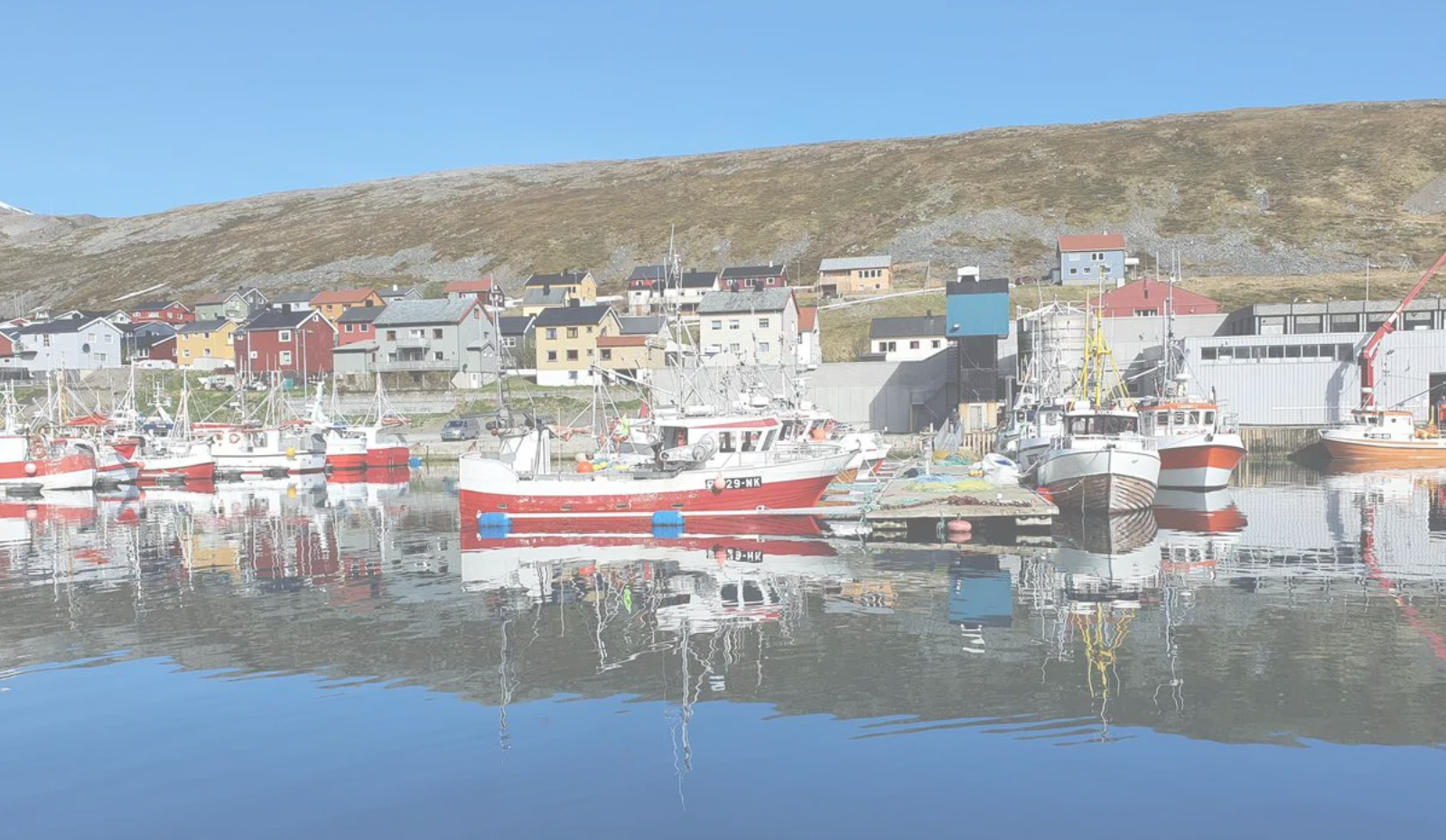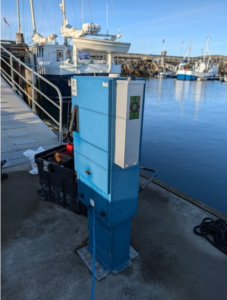PowerPay: A Smart Solution for Sustainable Port Operations

By using PowerPay, ports can effectively manage electricity access for fishing vessels, providing a seamless and practical workflow for all involved parties.
How PowerPay Works in Practice
When fishing boats dock, the crew can easily scan a QR code to access electricity. The power is activated immediately, and consumption is registered automatically. Both the start and stop of electricity can be remotely controlled via the PowerPay app or web version. The system ensures automatic payment when the session ends, eliminating the need for manual handling or administration of electricity consumption.

Benefits for Fishermen, Boat Crews, and Port Authorities
For fishermen and crew members, PowerPay means they have full control over their electricity consumption and can adjust to the needs on board without delays. Port authorities, whether in Bodø, Hammerfest, or the Nordkapp region, also benefit from the system as it provides a transparent and straightforward way to monitor and manage consumption without hidden costs or extra work. This frees up time and resources that would otherwise go to manual invoicing.
 Flexibility for Larger Ports
Flexibility for Larger Ports
One of the major advantages of PowerPay is that the solution can be installed not only in new power pedestals but also mounted on existing pedestals. This makes it easy to upgrade the port’s electrical system without extensive infrastructure work. Additionally, PowerPay’s solutions are size-independent, thanks to its modular system. For example, our electricity solutions range from 10 amps up to 5000 amps, allowing us to accommodate the needs of small boats to large ships .
Streamlining Daily Operations
With PowerPay, there is no need to worry about electricity access, which is crucial in a busy workday where time is valuable. Fishermen can focus on their work while port authorities maintain full control over electricity consumption and payments without using extra resources. The system is fair and reliable, providing a better flow in port operations.
This innovative system ensures that fishing ports in Northern Norway are well-equipped to handle both daily operations and future needs while offering the flexibility to adapt to changes in energy usage.
